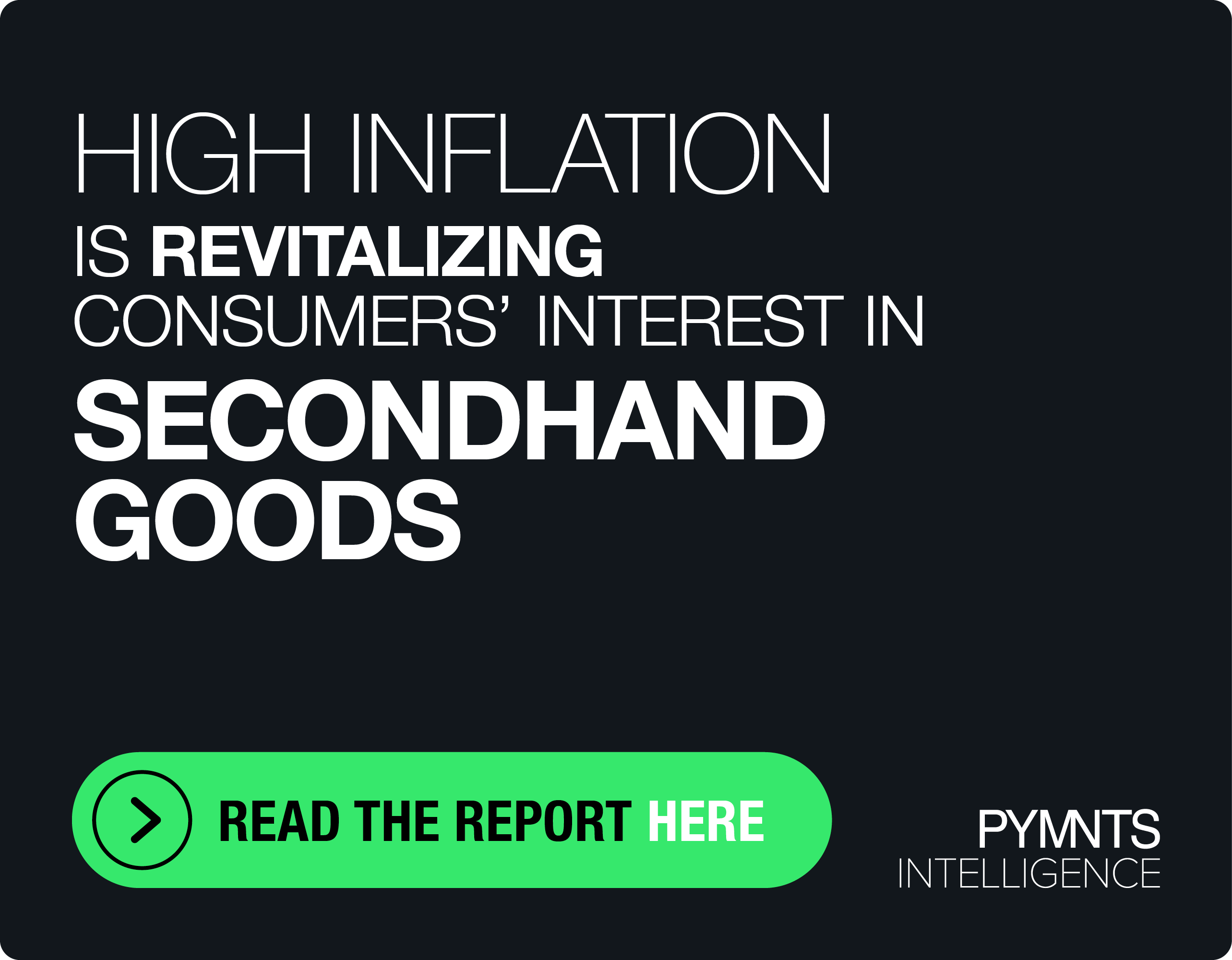Tipping Goes Digital; Why Restaurants And Their Staffs Want It
At a time when no one wants to say that COVID-19 has been good for business, more and more executives in the digital arena are willing to at least say that the pandemic has been a major catalyst for reform.
One of them is Kickfin CEO Brian Hassan, who spoke recently in a roundtable discussion with Karen Webster, Ingo Money CEO Drew Edwards and Reed Daniels, CEO of Minnesota-based pizza chain Red’s Savoy, about how restaurant tipping is going electronic.
COVID-19 Is Promoting Change
Hassan said the pandemic has forced eateries to embrace change around tipping and almost everything else. “The opportunity to reevaluate all of your different business systems has never been better,” Hassan said.
He said restaurateurs previously had “very little spare bandwidth” to address different aspects of their business, but now, Hassan is seeing a much more proactive approach.
“What we’re finding is a lot of different restaurant operators are saying, ‘Let’s go ahead and put everything on a whiteboard here — everything that requires a process of improvement — and let’s triage them from most important to least important,” he said. “And what we’re finding is that most of them are banging out that entire list top to bottom.”
Hassan added that Kickfin’s restaurant instant payment business focused a few years ago on small- and medium-sized businesses (SMBs), but has begun to see larger enterprise clientele come on board — especially in the quick-service restaurant (QSR) space.
A Greater Openness To New Ideas
Employees and customers historically meet any changes with skepticism, but COVID-19’s unprecedented disruptions have made many people more open to accepting new things.
Daniels, the CEO of Red’s Savoy, said that even as his catering and dine-in businesses basically evaporated in March, curbside takeout and delivery took off. That made it time to reevaluate everything.
“It has given us an opportunity to pivot, with customers being ridiculously understanding right now and willing to roll with the punches,” Daniels said. That allowed him to implement instant-payment changes in his 17 stores with a lot less pushback than would have occurred pre-COVID.
The Rise Of Electronic Tipping
For instance, Daniels cited his chain’s recent adoption of electronic acceptance, processing and payout of tips. That’s an area of improvement that Daniels said has made life better for customers, employees and managers.
Daniels said moving to eTipping allowed him to stop running to the bank all of the time for cash to pay out tips or make change — good news since many bank branches have closed. Lines also form to get inside the remaining branches, while a coin shortage has made making change difficult.
He said instant payments of tips have also reduced the need to keep cash in safes to reimburse staff.
Making eTipping Work
Estimates show that tips can account for as much as 70 percent of some restaurant workers’ total income. That’s one reason why employees like the idea of having tips sent instantly to their bank accounts — the way Uber and Lyft do with pay — instead of receiving such pay every two weeks by check.
Daniels said processing electronic tips is basically the same function he’s always performed, just done a little differently. But the fact that his firm has so many employees involved in so many locations carried its own set of implementation challenges.
Ingo Money’s Edwards said restaurant tips are one of the more difficult and dispersed instant payment use cases given the fact that it has thousands and thousands of different operators running businesses of all sizes.
For example, Edwards said, not every employee has a bank account or one that’s functioning properly at all times to receive their tips.
“Workers have multiple types of accounts,” he said. “It’s not just bank accounts anymore. So, we have to focus on the complexities [and] last-mile component” to make payouts work properly.
Tips Go Above Board
Restaurant employees have historically kept their tip income “under the table” to avoid taxes. But Daniels said digitizing such income creates a record that’s valuable and necessary for many purposes.
For instance, he said that when restaurant employees apply for loans, their bank accounts historically showed that they made no money even though they might have lots of cash on hand. Daniels said similar problems often arise when these workers apply for unemployment benefits, which are based on taxable earnings that applicants can document.
Keeping tip income above board via a platform like Kickfin allows workers to build credit and have a better chance of achieving their financial goals, he said.
Panelists said there’s also a safety component to eliminating employees walking out of a restaurant late at night with $100 cash in their pockets.
As Hassan put it: “There are 15 million employees in the restaurant industry, and this is the way it needs to be done.”
